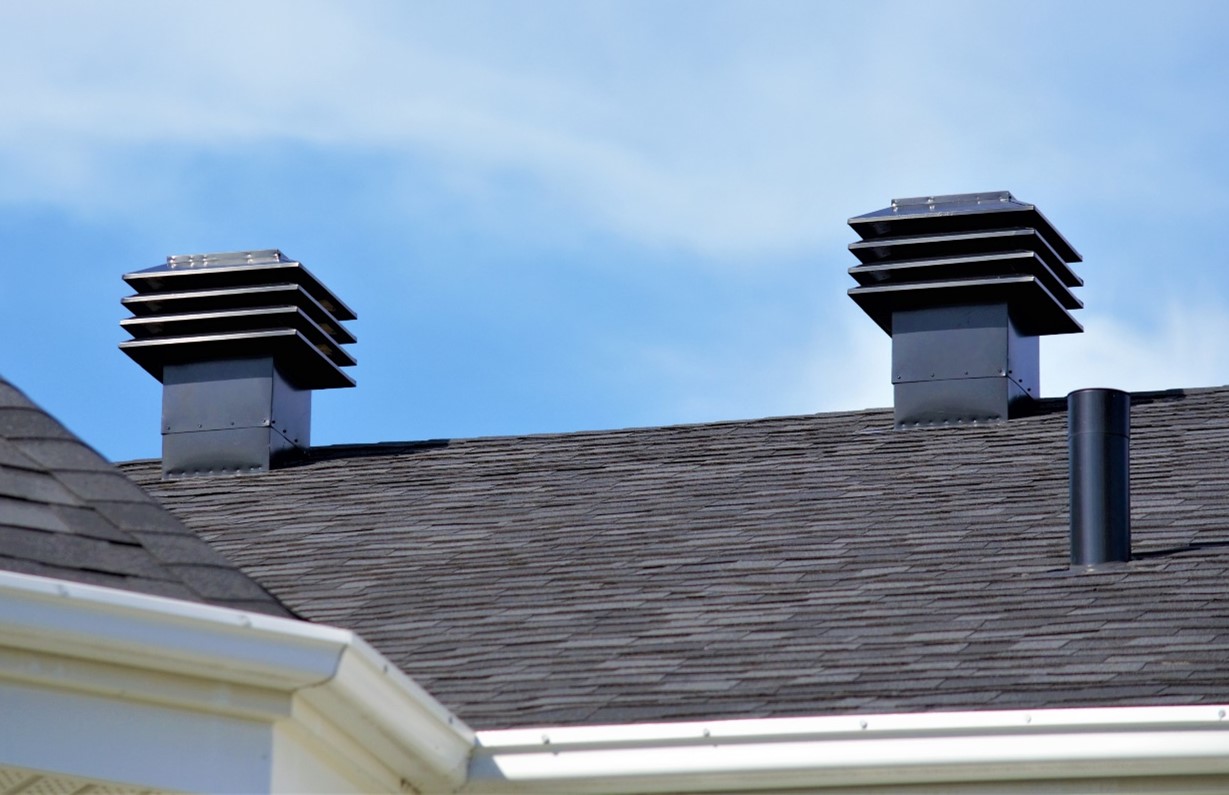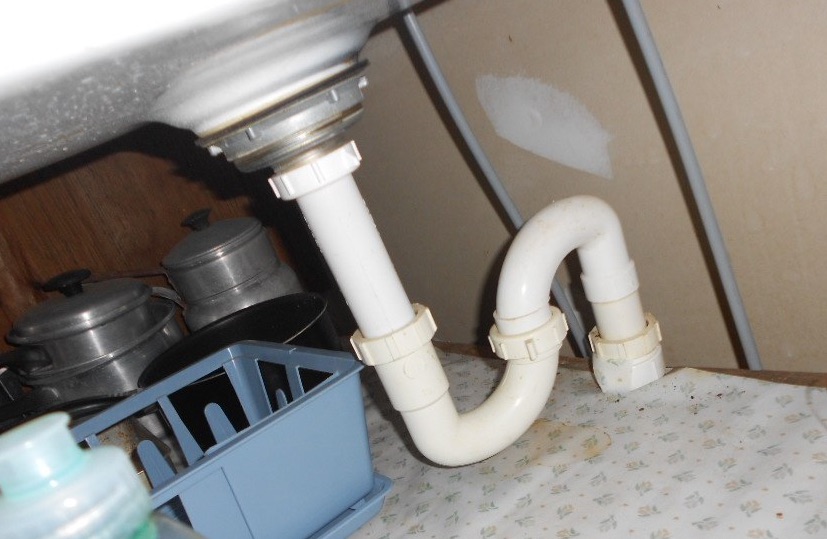We've encountered the article involving Why Plumbing Air Vents Are Important directly below on the web and believe it made sense to relate it with you on my blog.

Proper air flow in plumbing systems is often ignored, yet it is essential for preserving the functionality and security of your home's pipes. Ventilation assists manage air pressure, protect against the accumulation of harmful gases, and make sure the effective elimination of waste. In this guide, we will certainly explore the value of correct plumbing ventilation, just how it works, and the advantages it offers your plumbing system.
Comprehending Air Flow in Plumbing
Air flow in plumbing describes the network of pipes that permit air to move through the drainage system. These vents offer numerous functions, including controling atmospheric pressure within the pipelines, protecting against sewage system gases from entering the home, and assisting in the smooth flow of wastewater.
Just How Air Flow Functions in Pipes Systems
Air Pressure Policy
Appropriate ventilation maintains balanced air pressure within the pipes system. When water moves via pipes, it displaces air. Without ample ventilation, this variation can create unfavorable pressure, leading to reduce drains or siphoning of water from catches, which can cause unpleasant odors to permeate right into the home.
Avoiding Drain Gas Accumulation
Among the most important functions of pipes vents is to prevent sewer gases, such as methane and hydrogen sulfide, from gathering within the home. These gases can position severe wellness threats and are very combustible. Vent pipelines enable these gases to leave safely outside.
Aiding in Waste Elimination
Air flow helps in the efficient elimination of wastewater by protecting against airlocks in the water drainage system. When air can stream freely via the vents, it permits water and waste to stream efficiently with the pipes, reducing the threat of blockages and backups.
Kinds Of Plumbing Vents
Main Stack Vent
The primary stack vent, additionally referred to as the vent pile, is the primary air vent in a plumbing system. It expands from the main drainpipe line up with the roof, permitting gases to escape and fresh air to go into the system.
Branch Vent
Branch vents attach to the main stack air vent and offer individual fixtures, such as sinks, bathrooms, and showers. These vents make certain that each component has adequate ventilation to work effectively.
Air Admittance Valve (AAV).
An Air Admittance Valve (AAV) is a one-way valve that allows air to enter the plumbing system without the need for a conventional vent pipe expanding via the roof. AAVs are commonly made use of in restorations or locations where setting up a common air vent is not practical.
Indications of Poor Air Flow in Pipes.
Slow Draining Fixtures.
If your sinks, bathtubs, or bathrooms are draining pipes slowly, it could be a sign of poor air flow. Insufficient air flow can create a vacuum cleaner impact, making it challenging for water to drain pipes appropriately.
Gurgling Sounds.
Gurgling noises coming from drains are frequently an outcome of air being sucked with water catches due to unfavorable stress in the pipelines. This is a clear indicator of inadequate air flow.
Undesirable Odors.
Sewer odors inside your home are a warning that your pipes system is not effectively aerated. This might indicate that sewage system gases are not being adequately vented outside, causing potentially unsafe conditions.
Typical Ventilation Errors.
Insufficient Vent Sizing.
Utilizing undersized vent pipelines can bring about inadequate air circulation and stress imbalances in the system. It's important to utilize vents that satisfy the certain needs of your pipes system.
Improper Vent Positioning.
Putting vents as well far from the fixtures they serve can reduce their effectiveness. Proper placement ensures that air can move easily and effectively through the system.
Disregarding Code Needs.
Building ordinance supply particular standards for pipes ventilation. Overlooking these codes can lead to a system that falls short to work appropriately and might bring about expensive repairs or health hazards.
Advantages of Correct Air Flow.
Improved System Efficiency.
Effectively ventilated pipes systems operate a lot more successfully, with fewer obstructions, faster draining, and less stress on the pipelines. This efficiency prolongs the life-span of the pipes system.
Improved Air Quality.
By stopping sewage system gases from entering your home, correct ventilation contributes to better indoor air high quality, making your living atmosphere healthier and extra comfy.
Protecting Against Water Damages.
Ample air flow aids protect against water from being siphoned out of catches, which can bring about sewage system gases getting in the home and triggering water damage in time.
Steps to Ensure Correct Ventilation.
Consulting Plumbing Codes.
Always speak with neighborhood plumbing codes when developing or modifying your plumbing system. These codes supply the necessary standards for correct venting and guarantee your system satisfies safety and security requirements.
Normal Examination and Maintenance.
Normal evaluations can aid identify possible ventilation problems prior to they end up being significant problems. Upkeep jobs, such as cleaning up air vent pipelines and checking for obstructions, are crucial for keeping the system in good working order.
Expert Setup.
For brand-new installations or major adjustments, it's smart to work with a specialist plumbing technician. They have the expertise to ensure the ventilation system is correctly designed and installed according to code.
Final thought.
Correct air flow is a vital element of any pipes system, ensuring that it works effectively and securely. By understanding the importance of ventilation, identifying the signs of poor ventilation, and taking actions to keep your system, you can prevent expensive problems and shield your home's air top quality.
4 Things You Should Know About Your Plumbing Vents
What Plumbing Vents Are
Also called a vent stack, a plumbing vent is a vertical pipe attached to your drain line that runs through your roof. The plumbing vent pipe, or plumbing air vent, removes gas and odors from your plumbing system and allows fresh air to enter the pipes, helping the water to flow out of the drain pipes.
What Plumbing Vents Do
Plumbing vents have two basic functions. One of which is to allow unpleasant smelling wastewater and sewer gasses to escape your plumbing system instead of entering your home. Plumbing vent pipes are typically located on roofs, away from windows, to ensure the fumes exit the home completely.
The other function of the plumbing vent is to move fresh air into your plumbing system. This helps move water through every plumbing fixture in your house, like toilets and sink drains. Think of the way in which you need to let a little air into the bottle as you pour soda in order to make the drink flow smoothly.
Different Types of Plumbing Vents
True vent: This is the most common vent option. In simplest terms, a true vent is a vertical pipe attached to your drain line that exits through the roof. They often function as the main vent that other fixtures can connect to. Re-vent pipe or auxiliary vent: Attached to the drain line near specific plumbing fixtures, re-vent pipes run up and over to connect to the main vent. Common vent: Two plumbing fixtures installed on opposite sides of a wall are typically tied into the vent stack using something known as a sanitary cross. Wet vent: This venting option operates as a drain pipe and a vent at the same time. Wet vent drainage systems drain water from one fixture while venting the air from another. Although they’ve been used for over 100 years, wet vent systems have only recently been added to the plumbing code in many areas. If you’re planning on installing one in a bathroom remodel, make sure you check your local code prior to construction. Loop vent: For free-standing fixtures like kitchen island sinks, loop vents are ideal. These vent pipes run under the floor, rise from the P-trap, and create a loop inside the cabinet sink. Air admittance valve: An AAV is a one-way mechanical valve typically installed at the site of the plumbing fixture. AAVs allow venting to occur without having to tie into a larger venting system. They’re ideal for venting fixtures where you aren’t able to easily connect to an existing vent system. Common Plumbing Vent Issues
Although vent pipes typically don’t have water flowing through them, they’re still subject to many typical plumbing issues. For example, clogs are one of the most common problems associated with sewer vent pipes. If your vent pipe gets clogged, all of your plumbing fixtures tied into the vent stack will be affected.
A sink with a slow drain that bubbles and gurgles or a strong sewage smell around your toilet are both indicators that your toilet vent pipe is clogged. Because most vent pipes exit through the roof, old leaves, twigs or even a bird’s nest could be clogging the pipe.
Clogs in your vent pipe system cause a buildup of negative pressure, meaning that water won’t be able to flow out of your home very well. It’s similar to putting your finger over the opening of a straw to trap water inside. When you remove your finger, the water is able to flow out of the straw.
If you suspect you have any blockage in your vent, make sure you have a professional come examine the situation. Left unchecked, a blocked air vent can lead to other costly repairs, like leaks and sediment buildup.
Under Pressure
Pipe vents are essential aspects of a home’s plumbing system. Owning a home means learning about all sorts of things you never put much thought into before. But by understanding as much as you can about the important systems of your home, you can keep those budgets intact and those anxiety levels low.
https://www.homeserve.com/en-us/blog/home-improvement/plumbing-vents/

I am very interested in What Is A Plumbing Vent & How Do They Work? and I am assuming you enjoyed reading our post. If you enjoyed reading our blog posting if you please consider to share it. Thanks so much for going through it.
Call Today